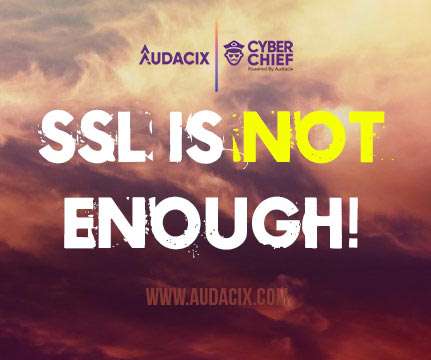How to build a culture of security in funded SaaS companies with software security best practices
Audacix
APRIL 2, 2022
The Australian Cyber Security Centre publishes a set of standards that government departments are required to follow (whether they do or not is a completely different issue!) Securing your cloud assets become even more critical if you employ highly automated deployment pipelines using DevOps or CICD principles.














Let's personalize your content